Sxythots
Chieftain
"Lunar" is the surface of the moon as it might appear with an atmosphere, oceans, & life. This map was created from Nasa's lunar surface telemetry and depicts both the near & far sides. Due to this map's small size & Civ's limited palette, only the most prominent of craters are apparent. All others are either under water (lakes/seas/oceans) or part of the terrain makeup. Unfortunately NASA cut off the north & south poles on their telemetry maps so I had to use some creative license there to prevent this map from have a straight cut along the top & bottom.
I fretted for a long time trying to decide exactly how I would place terrain on this map. Mountains, hills, flatlands, seas & oceans were pretty easy as the real characteristics of the moon dictated where they would be. However, deserts, plains, grasslands, marshes, forests, jungles, tundra & volcanos were a different matter all together as there wasn't anything to base them on.
After quite a bit of thought, I decided to generate this terrain using NASA's telemetry maps and a "what makes sense" approach based on where the water would be. One would expect that wetlands & green terrain would be nearer coastal areas & lakes while drier terrains would be more distant from them. Using this methodology the remaining terrain came together quite nicely to produce the map I have here.
Rivers and resources are all individually placed by hand. As usual, I have been fairly chintzy with the tradeable variety of resources and have placed them in a manner as to increase the likelihood that there will be have & have-not nations thus lots of reasons for tension & conflict. Goody huts & bonus grasslands were auto-generated.
Lots of time, work & effort went into this map so I hope you find it enjoyable. I always appreciate constructive critiques of my maps so let me know if you have any suggestions that would improve them.
Len Zigante
Despicable (aka Sxythots)
PS... on a side note, I created a picture map of an erotic nature a while back that earned me a ban & was subsequently deleted from this board. I have no intention of creating another map like it as the amount of work & controversy it created just arent worth my time & effort. However, if anyone is interested in checking it out, it can be found in the forum at the following site:
http://www.the-battlefield.com/civ3/forum/
I fretted for a long time trying to decide exactly how I would place terrain on this map. Mountains, hills, flatlands, seas & oceans were pretty easy as the real characteristics of the moon dictated where they would be. However, deserts, plains, grasslands, marshes, forests, jungles, tundra & volcanos were a different matter all together as there wasn't anything to base them on.
After quite a bit of thought, I decided to generate this terrain using NASA's telemetry maps and a "what makes sense" approach based on where the water would be. One would expect that wetlands & green terrain would be nearer coastal areas & lakes while drier terrains would be more distant from them. Using this methodology the remaining terrain came together quite nicely to produce the map I have here.
Rivers and resources are all individually placed by hand. As usual, I have been fairly chintzy with the tradeable variety of resources and have placed them in a manner as to increase the likelihood that there will be have & have-not nations thus lots of reasons for tension & conflict. Goody huts & bonus grasslands were auto-generated.
Lots of time, work & effort went into this map so I hope you find it enjoyable. I always appreciate constructive critiques of my maps so let me know if you have any suggestions that would improve them.
Len Zigante

Despicable (aka Sxythots)
PS... on a side note, I created a picture map of an erotic nature a while back that earned me a ban & was subsequently deleted from this board. I have no intention of creating another map like it as the amount of work & controversy it created just arent worth my time & effort. However, if anyone is interested in checking it out, it can be found in the forum at the following site:
http://www.the-battlefield.com/civ3/forum/




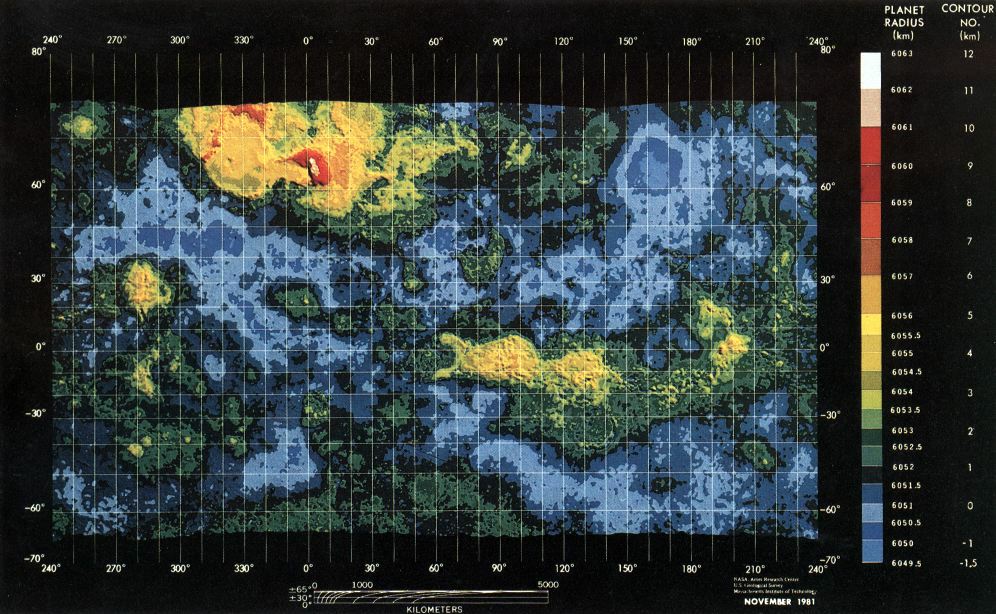
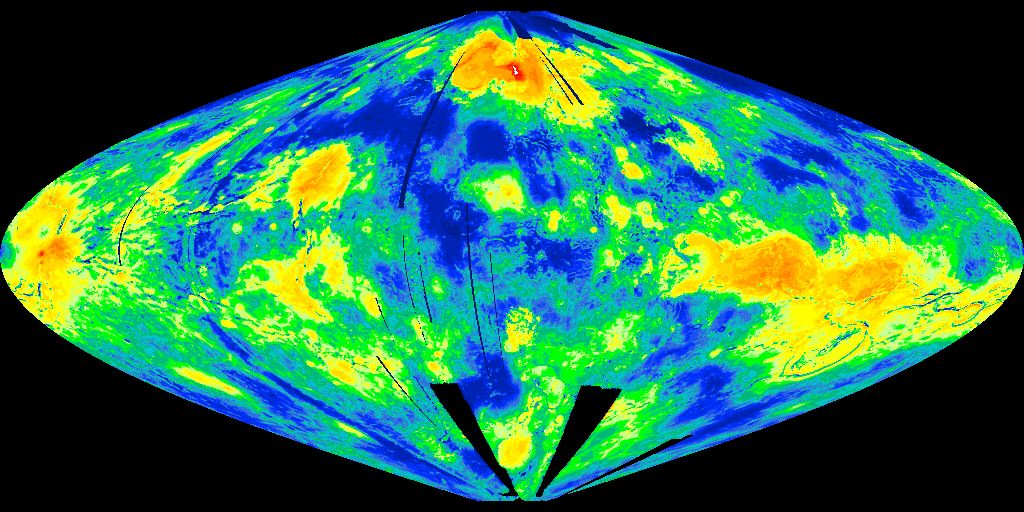
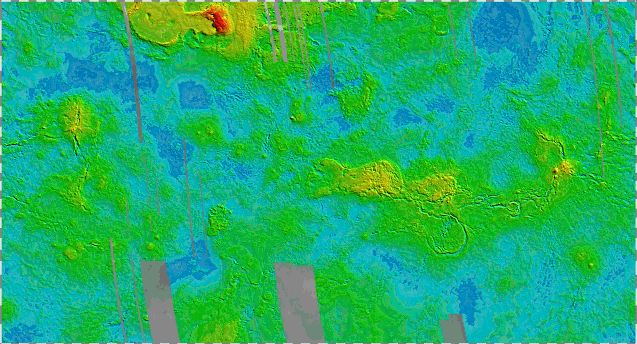
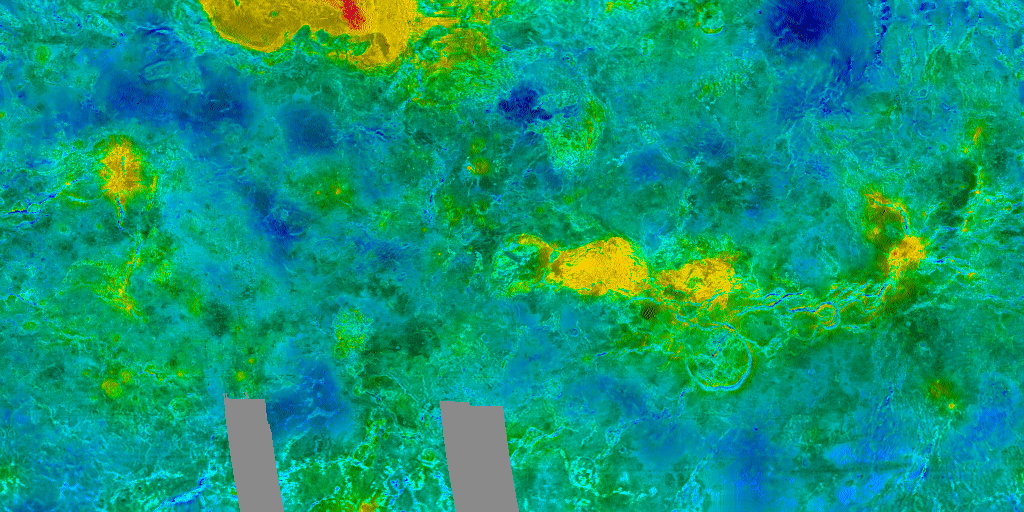
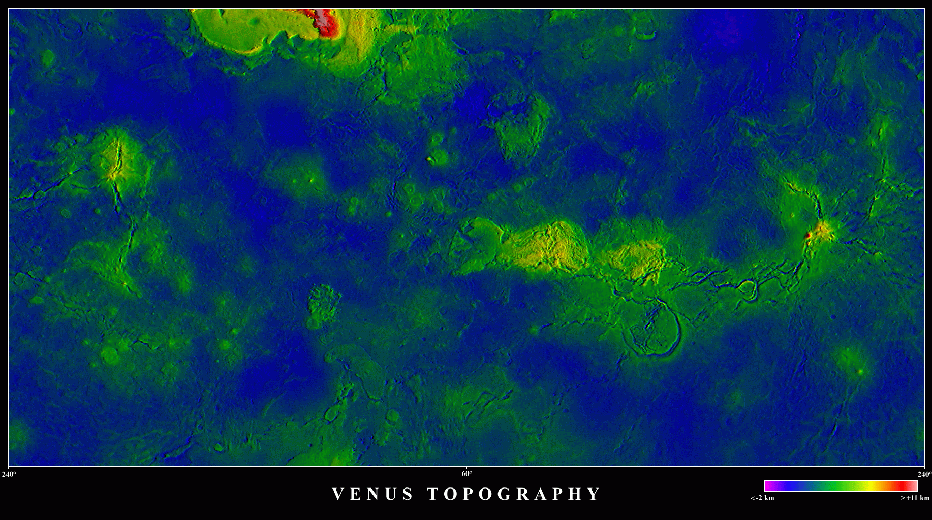


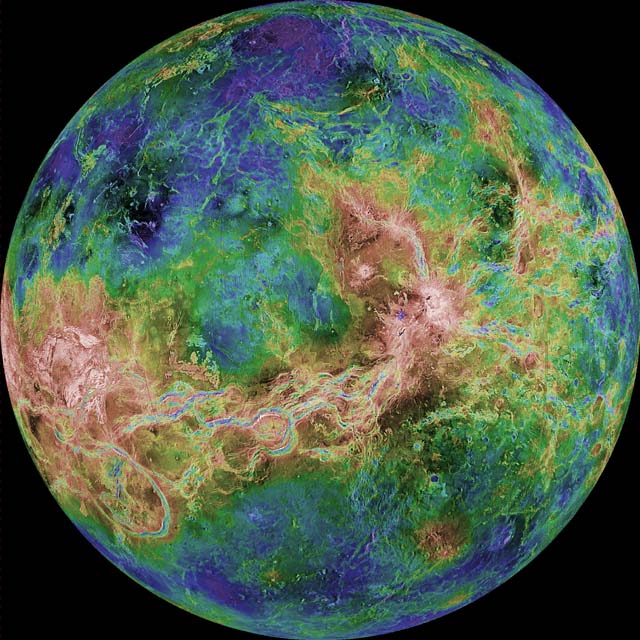
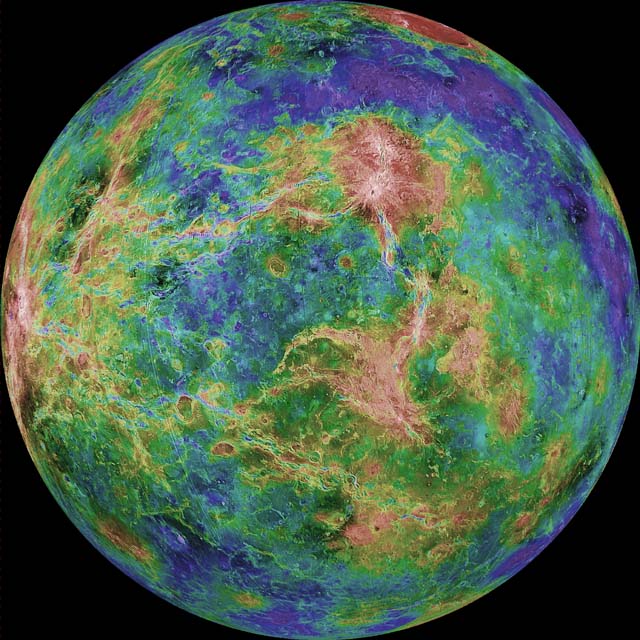
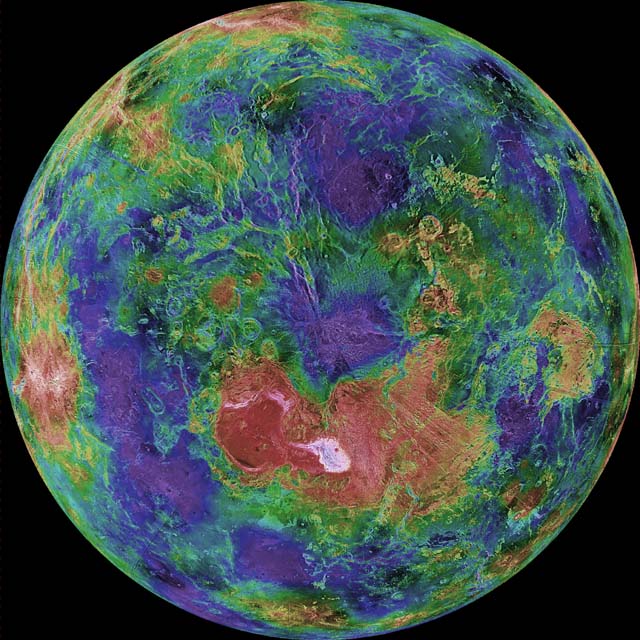
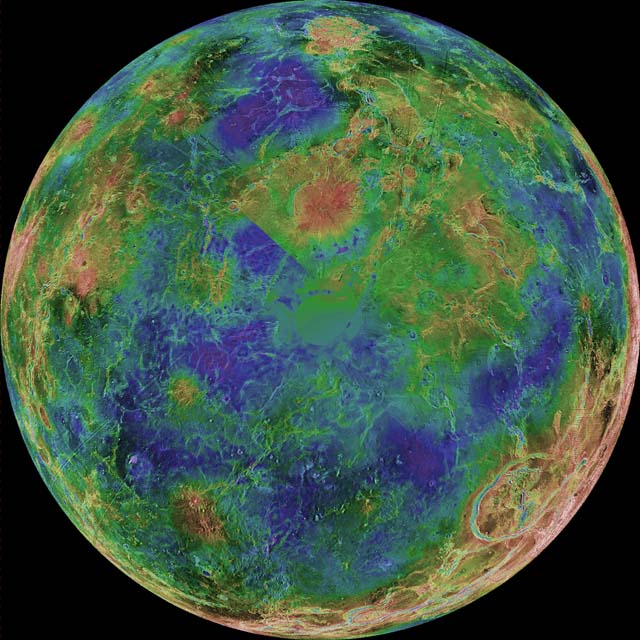
 )
)




